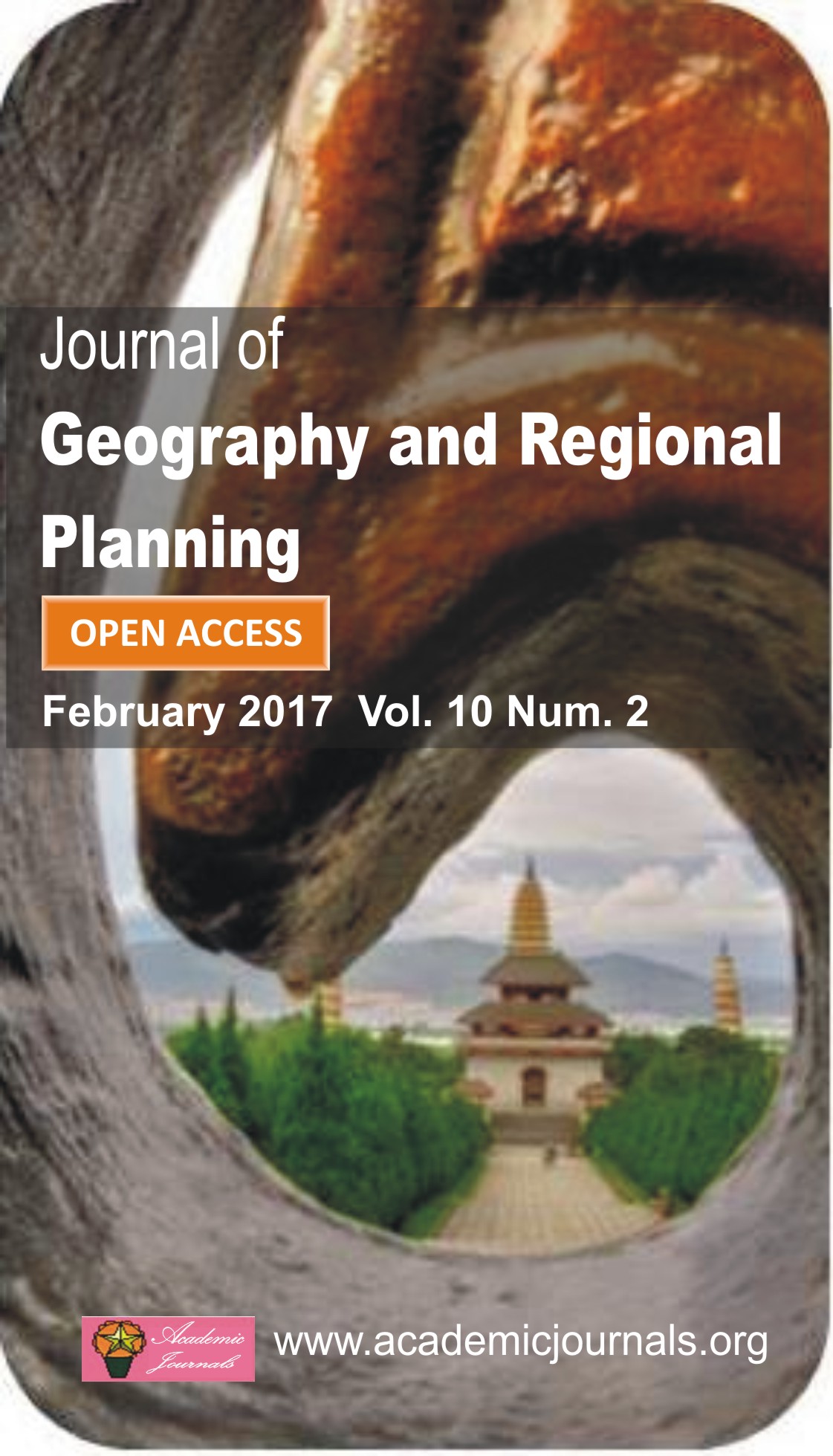View Item
- xmlui.general.dspace_homeCentros e Institutos de InvestigaciónCIRN. Centro de Investigaciones de Recursos NaturalesInstituto de Clima y AguaArtículos científicosxmlui.ArtifactBrowser.ItemViewer.trail
- DSpace Home
- Centros e Institutos de Investigación
- CIRN. Centro de Investigaciones de Recursos Naturales
- Instituto de Clima y Agua
- Artículos científicos
- View Item
Arsenic and fluoride in water in northwestern Buenos Aires : their association with natural landscape elements
Abstract
Numerous publications analyze the origin of Arsenic and Fluoride, their behavior and distribution in groundwater indicating the importance in understanding the relation between their occurrence with other physical and chemical properties. Here, such properties associated with elements of the landscape in the plain of the Chaco-Pampean region are discussed. The landscape is represented by hills, lagoons and plains used for agricultural purposes. Water was
[ver mas...]
Numerous publications analyze the origin of Arsenic and Fluoride, their behavior and distribution in groundwater indicating the importance in understanding the relation between their occurrence with other physical and chemical properties. Here, such properties associated with elements of the landscape in the plain of the Chaco-Pampean region are discussed. The landscape is represented by hills, lagoons and plains used for agricultural purposes. Water was sampled in mills, piezometers and lagoons following sections with different topographic elevation, soil type and vegetation in nine field campaigns from 2011 to 2013. Results in Lincoln are compared to localities in Trenque Lauquen, Pehuajó and Carlos Casares. Hydro geochemical modeling assisted to define composition and origin of the water from local mineralogy in soil and subsoil. Three major water groups were defined HCO3-Na, HCO3>Cl-Na and HCO3>Cl>SO4-Na. Piezometers were located at the top and base of hills with the presence of Acuic Hapludolls – Natric thapto Hapludolls, and Typic Natraqualfs with halophytic vegetation, respectively. Arsenic and Fluoride presence was not fully explained by groundwater chemistry type and association with HCO3-, Na+, salinity and pH, although generally were linked to alkaline soil and halophyte vegetation. High Arsenic and Fluoride presence in groundwater are explained by discharge flows travelling long distances through a thick sedimentary sequence; relative low concentration is refereed to local travelling flows recharged in nearby high terrain. Groundwater origin and its relations with other elements of the landscape permitted an understanding of groundwater functioning and to anticipate a general situation with respect Arsenic and Fluoride contents. In the present study this criterion is applied to analyze the relation of the occurrence of Arsenic (as total Arsenic, TAs) and Fluoride (F-) content in water of the Lincoln region in the Buenos Aires province of Argentina.
[Cerrar]

Fuente
Journal of geography and regional planning 10 (2) : 8-27. (February 2017)
Date
2017-02
ISSN
2070-1845
Formato
pdf
Tipo de documento
article
Palabras Claves
Derechos de acceso
Abierto
 Excepto donde se diga explicitamente, este item se publica bajo la siguiente descripción: Creative Commons Attribution-NonCommercial-ShareAlike 2.5 Unported (CC BY-NC-SA 2.5)
Excepto donde se diga explicitamente, este item se publica bajo la siguiente descripción: Creative Commons Attribution-NonCommercial-ShareAlike 2.5 Unported (CC BY-NC-SA 2.5)


